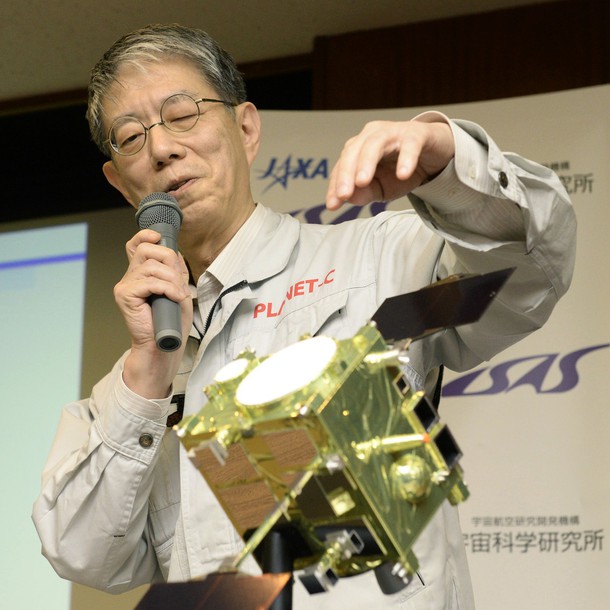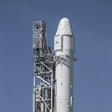
Five years after missing a shot to enter orbit at Venus, Japan's Akatsuki spacecraft completed a critical rocket burn late Sunday in a bid to salvage the research mission and become the only space probe operating around Earth's nearest planetary neighbor.
"It's in orbit!" said Sanjay Limaye, a planetary researcher at the University of Wisconsin–Madison, and a participating scientist on the mission. "Everyone is very happy." Four maneuvering thrusters were scheduled to ignite at 2351 GMT (6:51 p.m. EST) Sunday for approximately 20 minutes and 30 seconds to slow down the Akatsuki probe enough for Venus' gravity to capture it into an elongated, high-altitude orbit.
"As a result of analyzing data transmitted from the orbiter, we confirmed that the thrust emission of the attitude control engine was conducted for about 20 minutes as scheduled," the Japan Aerospace Exploration Agency (JAXA) said in a press release Monday.
Venus was 149.5 million kilometers, or nearly 93 million miles, from Earth at the time of Akatsuki's arrival Sunday. It took radio signals more than 8 minutes to travel at the speed of light between the two planets. It could take a few days to precisely measure Akatsuki's trajectory to verify it is in the proper orbit around Venus, officials said.



